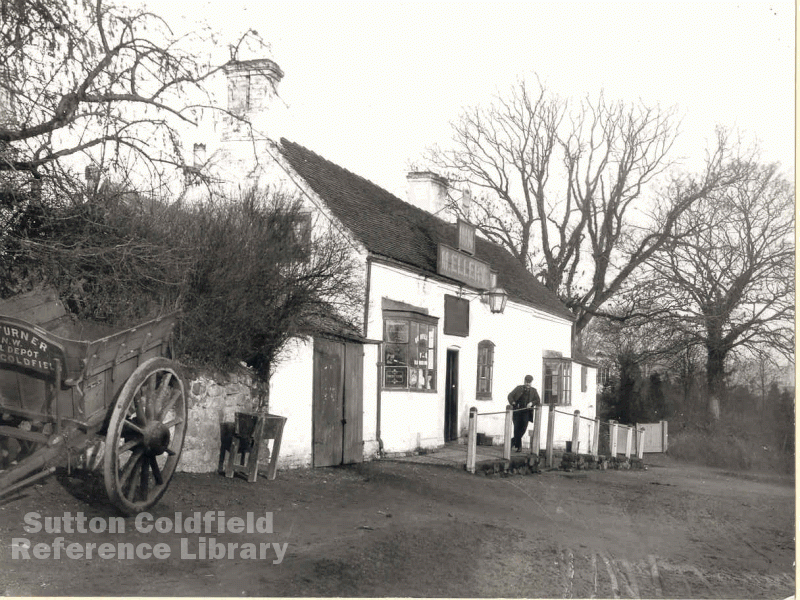The town of Sutton Coldfield was governed by the Warden and Society, a self-elected body charged with running the town in accordance with the terms of the Charter. Some inhabitants felt that the Warden and Society was failing in its duty, and took their complaints to the Lord Chancellor, who ordered the Court of Chancery to investigate. This was in 1789, and the Court ordered the Warden and Society to get permission from a Master in Chancery for any initiative they wished to take while the case was being considered.
While the case continued, and it lasted for thirty-five years, management of the Corporation estate of 344 acres and 103 cottages continued unchanged. In 1824 the Chancery case was resolved when the Warden and Society were ordered to undertake extensive new works, mainly to do with establishing elementary schools. At the same time the Sutton Coldfield Enclosure Act was passed, with a Commissioner appointed to allocate all the common lands except Sutton Park to those who were entitled - 3,400 acres was to be shared between over 200 proprietors. The Warden and Society’s legal right to a large part of its estate of 344 acres had been uncertain until then because it consisted of former common land, but the Commissioner, at the stroke of a pen, was able to confirm their title to the ownership of it all, to be known as the Sutton Coldfield Charitable Estate.
The Warden and Society was galvanised into action by these events, and set up committees to deal with the various new responsibilities. The Rental Committee dealt with issues relating to the numerous tenants of the estate, including repair or rebuilding of cottages which had been neglected for forty years, adjusting the rents and hearing the tenant’s requests. The Enclosure Committee negotiated with the Enclosure Commissioner over how much land they should receive in compensation for losing their right to administer the commons. There were a hundred small parcels of land of two acres or less in the Warden and Society’s possession, each entitled to an even smaller allotment of common land, but the Commissioner had power to agree exchanges such that owners could consolidate their holdings by giving up some allotments to another owner in exchange for that person’s land which lay next to their own. A third committee dealt with the implementation of the Court of Chancery’s scheme, including finding sites for the schools and almshouses - some chosen sites were newly-enclosed common land as at Mere Green, some involved the demolition of existing cottages, as in the town centre.
Sutton (along with every other town in the country) was visited by the Charity Commissioners in the 1830s, and the comprehensive report of the Commissioners, published in 1835, gives a fully detailed account of the Corporation property, comprising 534 acres yielding a total annual rent of £789/5/3d. This is listed in the report under three heads:-
1. 26 cottages on Church Hill, Reddicap Heath and the Blabbs, 3½ acres, rent £34.
2. Farm Houses and lands, mostly smallholdings attached to 60 cottages and farms, including the Cup Inn, the Horse and Jockey, and the Park Keeper’s house at Four Oaks, and 100 acres of newly enclosed coomon land, 362 acres, rent £403/7/3d.
3. Other lands, mostly the result of exchanges, 175 acres, rent £343/5/6d.
So it continued until the 1880s, when the old corporation of the Warden and Society became defunct with the issue of a new Borough Charter. Under the new charter the Mayor and Corporation were not empowered to administer the charitable estate, so a separate body, the Sutton Coldfield Municipal Charities, was set up charged with managing the estate and applying the income. This body, recently renamed the Sutton Coldfield Charitable Trust, continues to this day.
